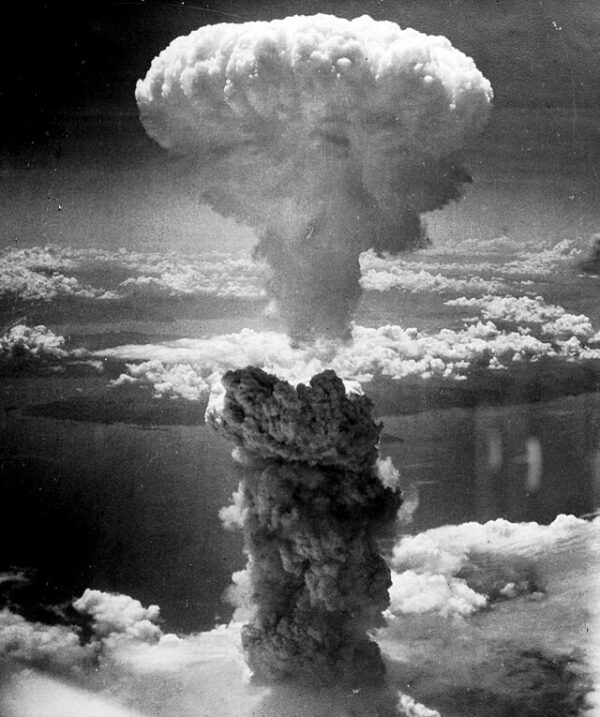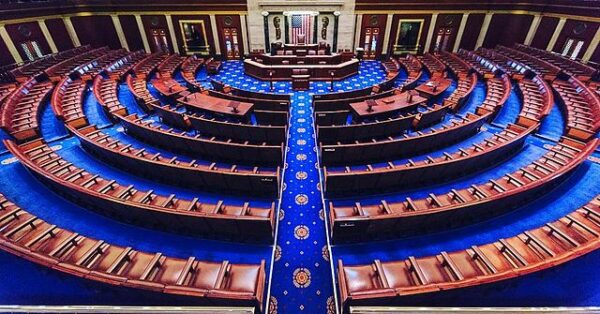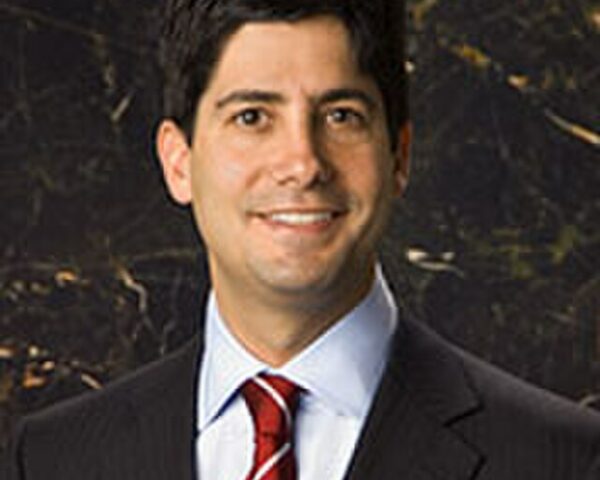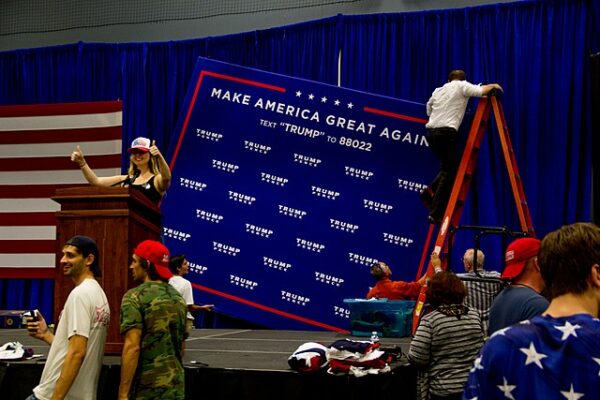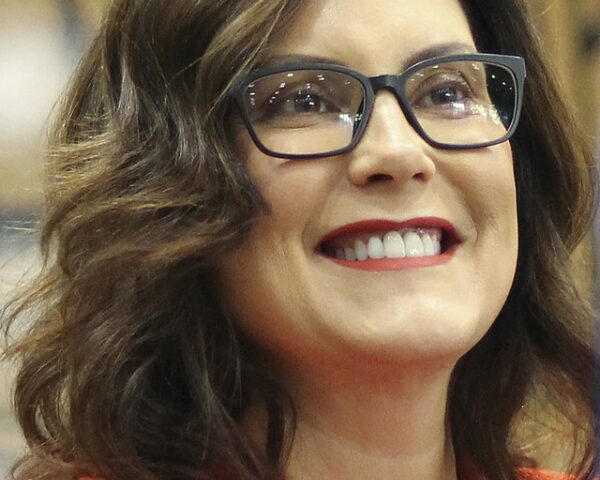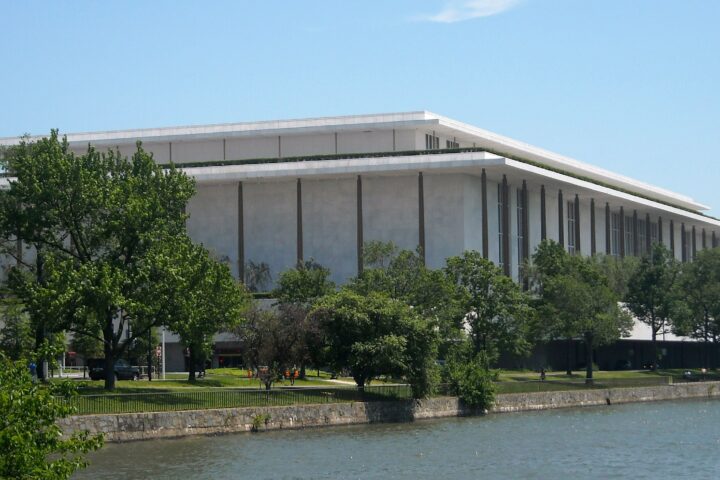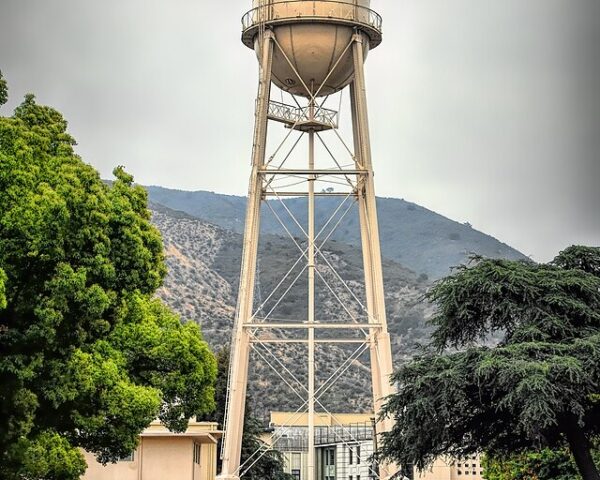President Donald Trump on Thursday reignited one of the most volatile debates of the nuclear age, ordering the United States to resume explosive weapons testing for the first time in more than three decades — a move that critics warn could unravel decades of restraint and destabilize global security.
The directive, announced on social media just before Trump’s meeting with Chinese President Xi Jinping in South Korea, instructed what he called the “Department of War” — his term for the Pentagon — to begin nuclear tests “immediately” and “on an equal basis” with foreign competitors. The decision effectively challenges America’s informal compliance with the Comprehensive Nuclear-Test-Ban Treaty, signed in the 1990s but never ratified., according to The New York Times.
Speaking aboard Air Force One, Trump justified his order as a defensive measure. “We’ve halted it years — many years — ago,” he told reporters. “But with others doing testing, I think it is appropriate that we do also.”
View this post on Instagram
International records, however, contradict that claim. No nation has conducted a nuclear detonation since North Korea’s 2017 test. Russia last exploded a device in 1989, and China’s final test occurred in 1996. While U.S. intelligence reports suggest Beijing has upgraded its Lop Nur testing site, there is no evidence of resumed activity.
The United States last tested in 1992 under President George H.W. Bush, ending a 47-year run of 1,030 nuclear detonations — more than any other country. Brandon Williams, Trump’s appointee overseeing nuclear testing, had previously told Congress, “I would not advise testing, and I think we should rely on the scientific information,” though he conceded the decision was “above my pay grade.”
Trump also claimed the U.S. has “the world’s largest nuclear stockpile,” though experts say Russia maintains a larger total count when tactical warheads are included. Trump described China as a “distant third,” a point analysts say is accurate for now but could change by the mid-2030s.
Vice President JD Vance defended the move, framing it as a maintenance measure rather than an escalation. “To be clear,” he said, “we know that it does work properly, but you got to keep on top of it over time, and the president just wants to make sure that we do that.”
The decision also revives a long-standing goal among Trump-aligned strategists. During his first term, aides explored ways to shorten test preparation times from years to months.
Former National Security Adviser Robert C. O’Brien echoed that view last year. “Washington must test new nuclear weapons for reliability and safety in the real world for the first time since 1992—not just by using computer models,” O’Brien wrote in an article for Foreign Affairs magazine, published in June last year. “If China and Russia continue to refuse to engage in good-faith arms control talks, the United States should also resume production of uranium-235 and plutonium-239, the primary fissile isotopes of nuclear weapons.”

